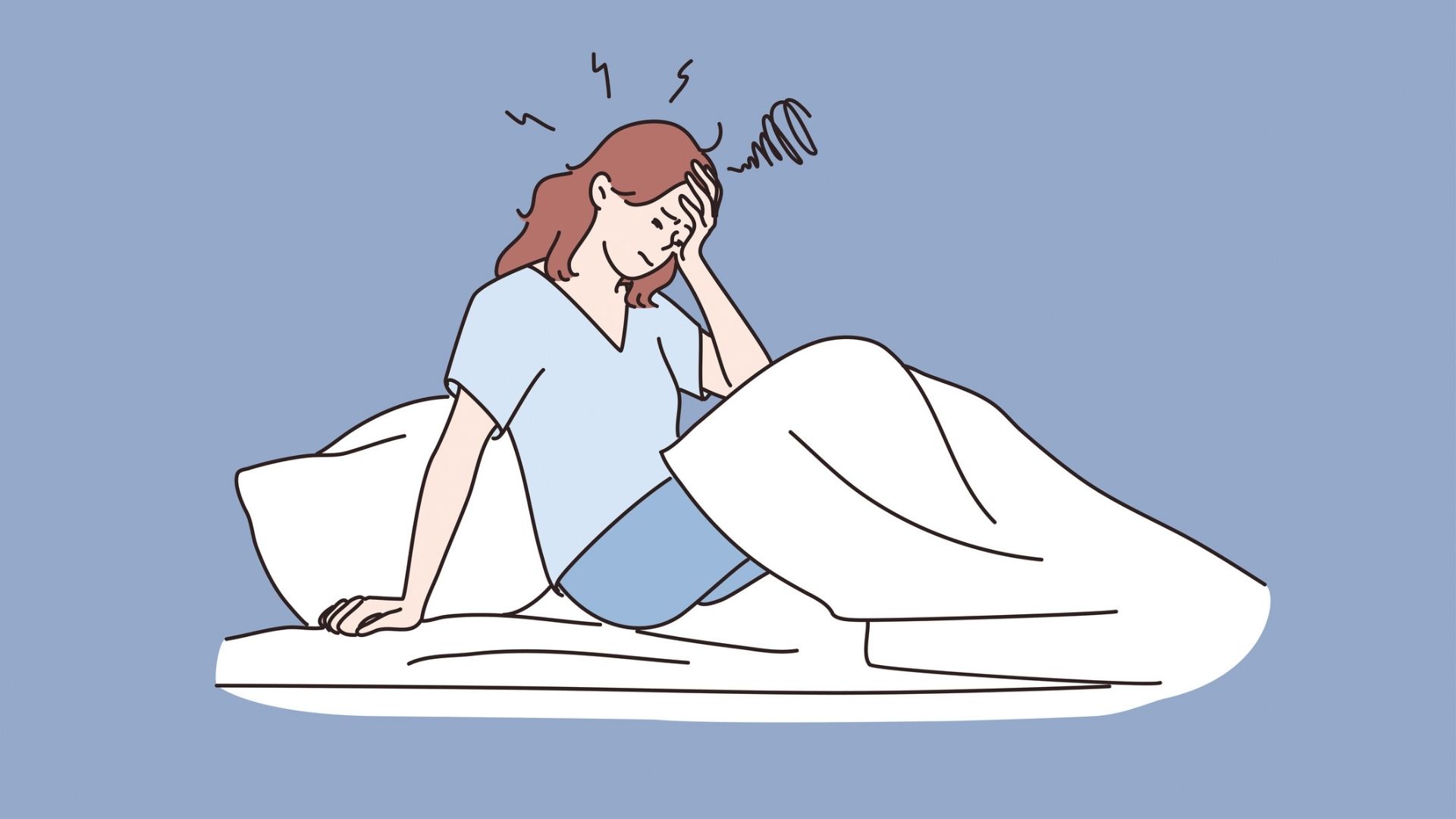'28 Years Later' was filmed on iPhone 15 Pro Max, but it's no commercial for Apple's cameras
'28 Years Later' was partly filmed on iPhones — and it shows
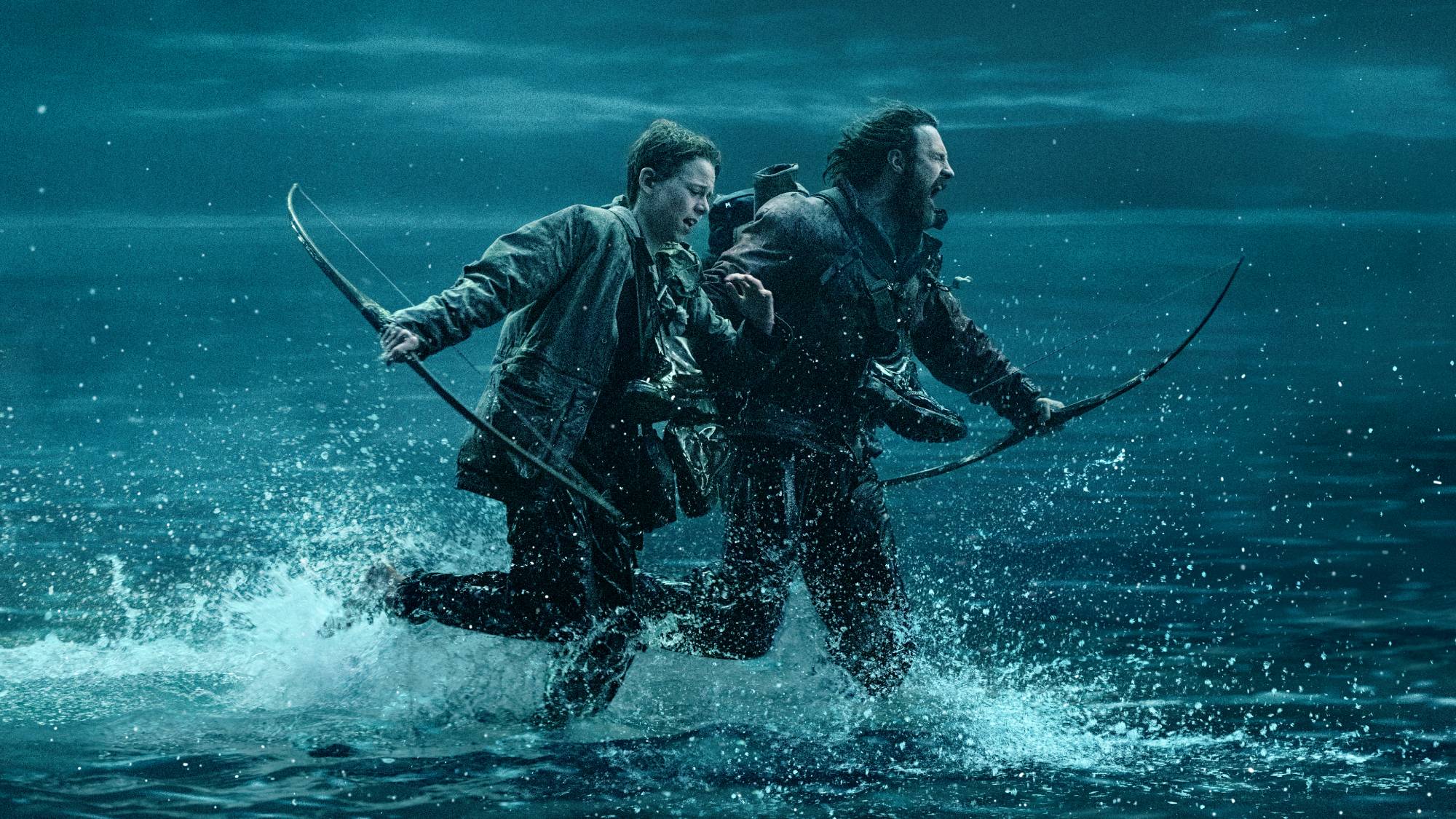
How good are smartphone cameras, really? Companies like Apple are always making a big show about the capabilities of the best camera phones compared to more expensive and specialized equipment. But for the most part, phone cameras haven't quite made it into high-brow filmmaking.
If you listened to some of the pre-release hype, "28 Years Later" could have been the movie to change that. A big deal was made about the fact the film was (partly) filmed using the iPhone 15 Pro Max, rather than more traditional filmmaking equipment. And now, having seen the film, I'm not sure it's the advertisement for smartphone filmmaking that some might have made it out to be.
Don't get me wrong, I think "28 Years Later" is a fantastic film that lives up to the reputation of 2002's "28 Days Later." But it's probably not going to be setting off any major filmmaking trends.
How '28 Years Later' was shot
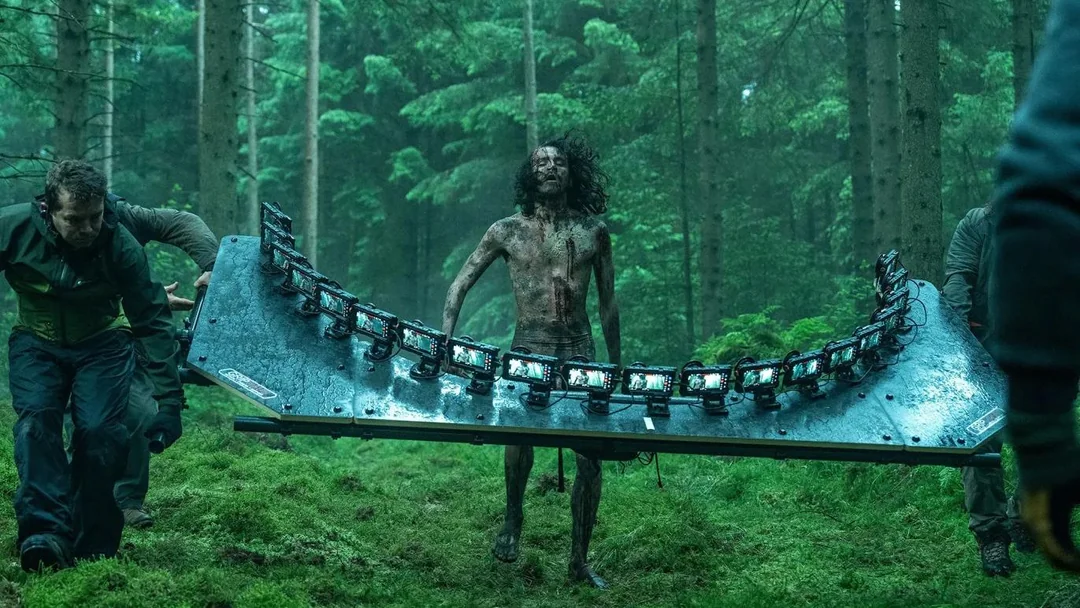
I was surprised to find out that very few movies have actually taken advantage of smartphone cameras over the years. Aside from maybe a couple of Steven Sodenburgh movies, "Unsane" and "High Flying Bird," "28 Years Later" is probably the only movie people have heard about that actually utilizes a smartphone in its shooting.
Despite some of the earlier reports, the whole movie wasn't entirely filmed on the iPhone. It was just one of many pieces of equipment used that allowed director Danny Boyle to more easily shoot the film in a fairly remote part of Northern England.
That equipment included drones, a goat and various different camera rigs that were chosen for to their light weight, ease of use and general flexibility.
The use of non-traditional equipment also calls back to the original movie, which relied on a Canon XL1 digital video camera for some sequences. The specs on that camera are laughable by modern standards, but the then-$4,000 camera provided the flexibility and maneuverability that traditional film cameras couldn't offer.
Get instant access to breaking news, the hottest reviews, great deals and helpful tips.
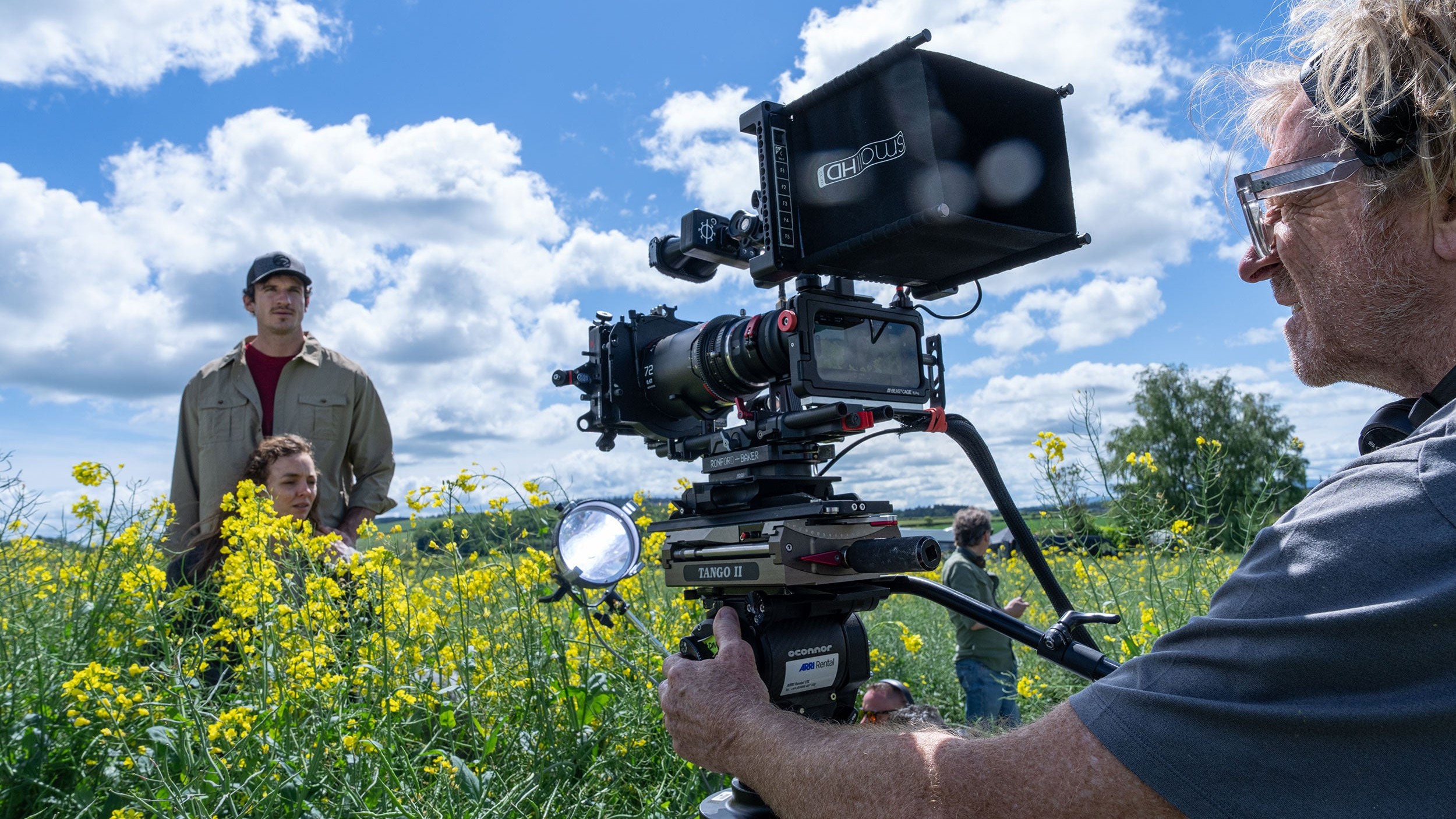
The iPhone 15 Pro Maxes used in "28 Years Later" don't get used as simple point-and-shoot cameras, though. As we've seen with photos on set, they're attached to a huge amount of extra equipment.
That includes professional-looking lenses and mounts, which you're not going to see the average smartphone user with, as well as specialized multi-phone rigs that were designed to offer a much greater field of view compared to a single device. In the most extreme cases the rig actually offers 180 degrees of vision, which Boyle claimed could be used to create a "poor man's bullet time."
Those are pretty cool shots, and I'm guessing a 20-iPhone rig is a lot cheaper and more versatile than a dedicated bullet-time rig — especially when you're filming on location. But I wasn't totally impressed with the picture quality of the movie.
"28 Years Later" isn't picture-perfect Hollywood — but it works
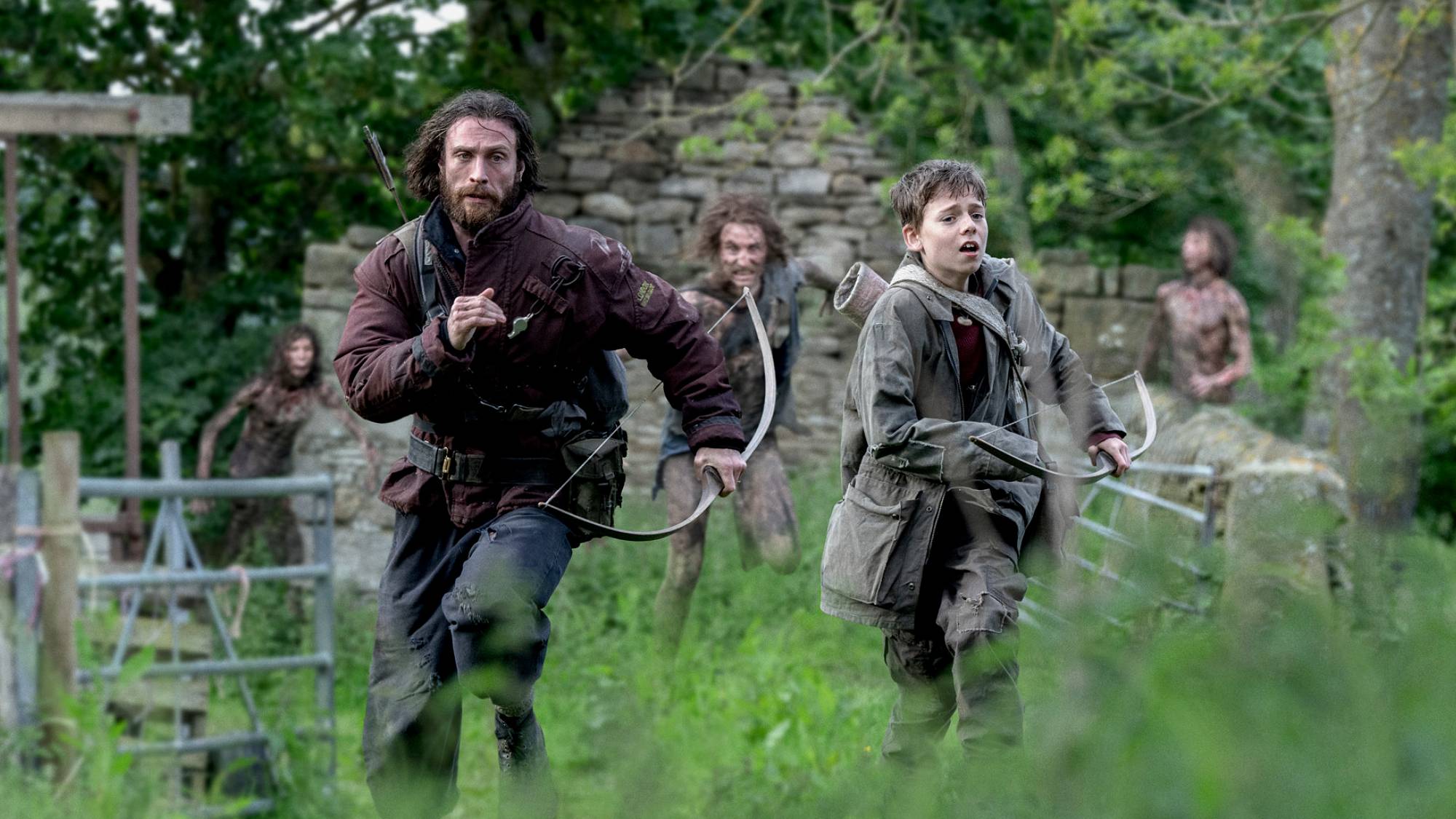
About halfway through "28 Years Later" is a scene filmed entirely in night vision. I won't elaborate further for spoiler reasons, but one thing I noticed about that scene was how pixelated it was. I'm certain that was intentional, and a by-product of the night vision cameras used in the filming of the scene.
But it flicked a switch in my brain, and afterwards I couldn't not see the flaws in the overall camera quality. I found it a little bit distracting, and I can't help but wonder whether the cameras being used were the cause of this.
iPhones aren't bad cameras, especially not recent models like the iPhone 15 Pro Max. But no matter what Apple says, they're not in the same league as the absurdly-expensive equipment used by major motion pictures. And I have wondered whether that led to the movie having that grimy, slightly noisy image throughout.
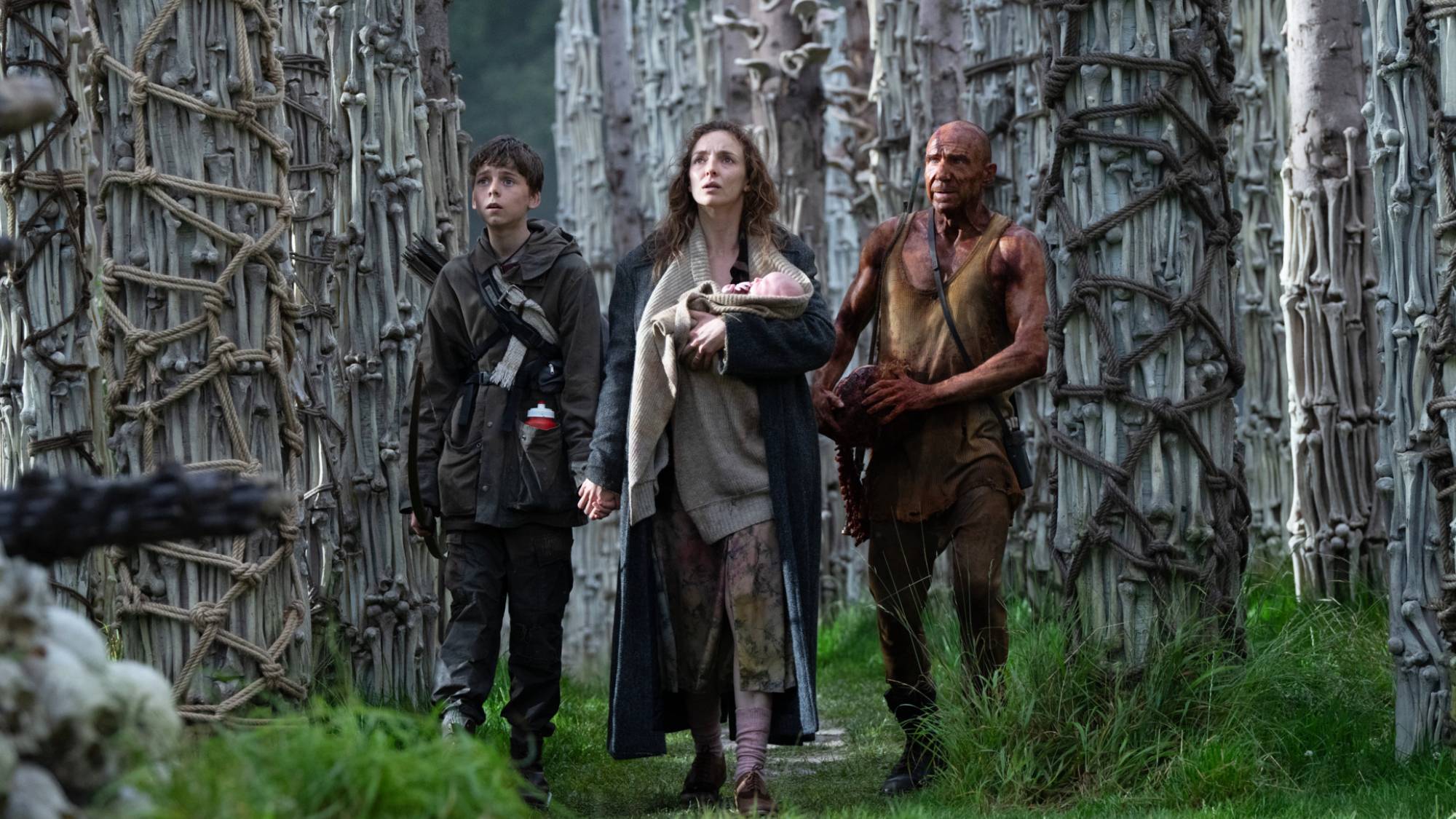
Admittedly I was watching the movie in a small theater, with seats that are much closer to the screen than I'd have liked. But that didn't change what I saw, and if it was thanks to the use of iPhones and other lower-budget equipment, it's certainly going to be an obstacle in those cameras earning their place in the mainstream filmmaking process.
But I also have to admit that this may have been deliberate. Danny Boyle is notable for avoiding the pristine, picture-perfect Hollywood shots — especially in his earlier movies, like "28 Days Later." Making the movie look less than perfect also fits the tone of the movies in the process. It's messy, chaotic and exactly like the world it's portraying.
A lot of people might have forgotten about that, since it wasn't available on streaming or on disc for many years. But if you go back and watch it, the actual picture quality looks like trash. And I say that even though it's one of my favorite films.
Bottom line
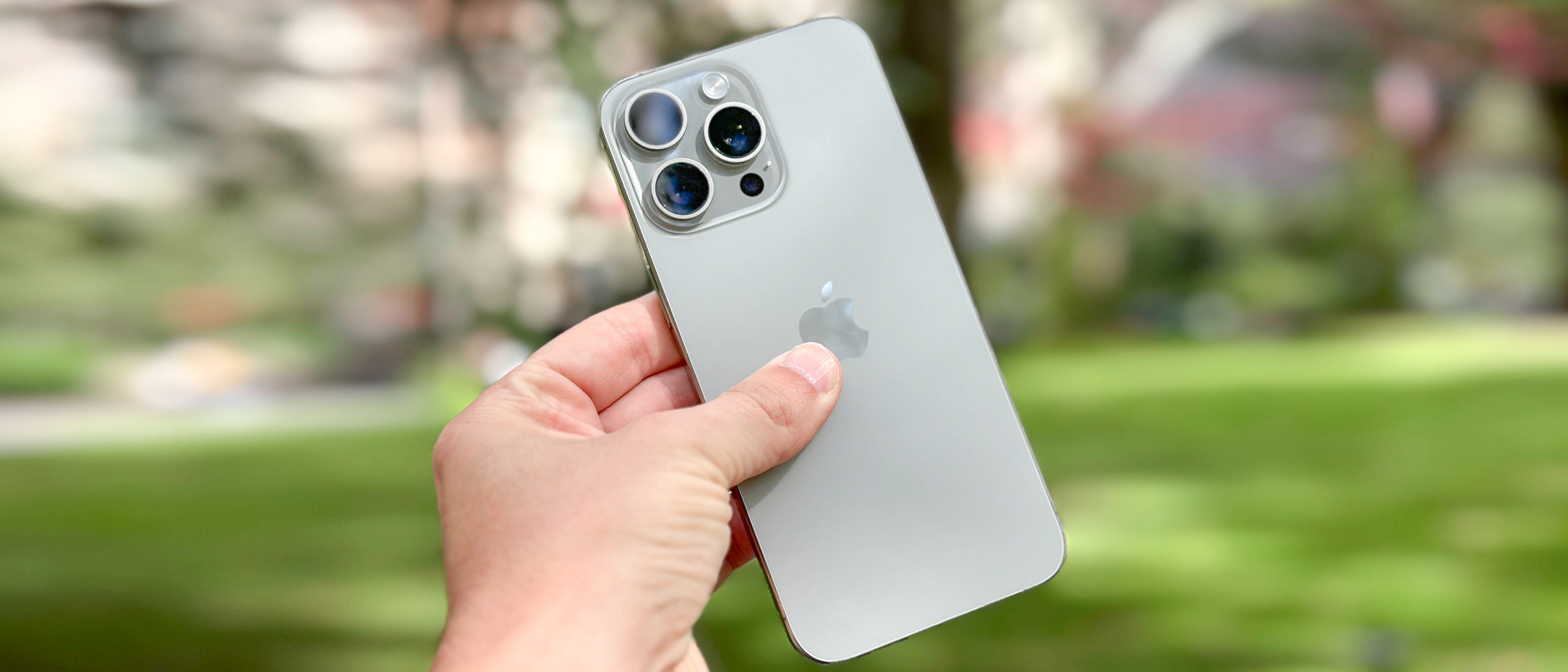
I don't really know what I was expecting going into "28 Years Later," beyond the early reactions praising the movie. It's a great movie, you should definitely go and see it, if you haven't already. Just be warned that the picture is not going to be your standard shiny Hollywood affair. It's not that kind of movie, and it seems obvious in hindsight that this was filmed on an iPhone.
As inventive as it was to use iPhones to help film the movie, I don't see that trend picking up steam anytime soon.
More from Tom's Guide
- Apple reportedly has more iOS 26 features in the works — here's what's coming to your iPhone
- iOS 26 beta is freezing FaceTime when it detects nudity — what we know so far
- The iPhone Fold just hit a major milestone on path to launch in 2026
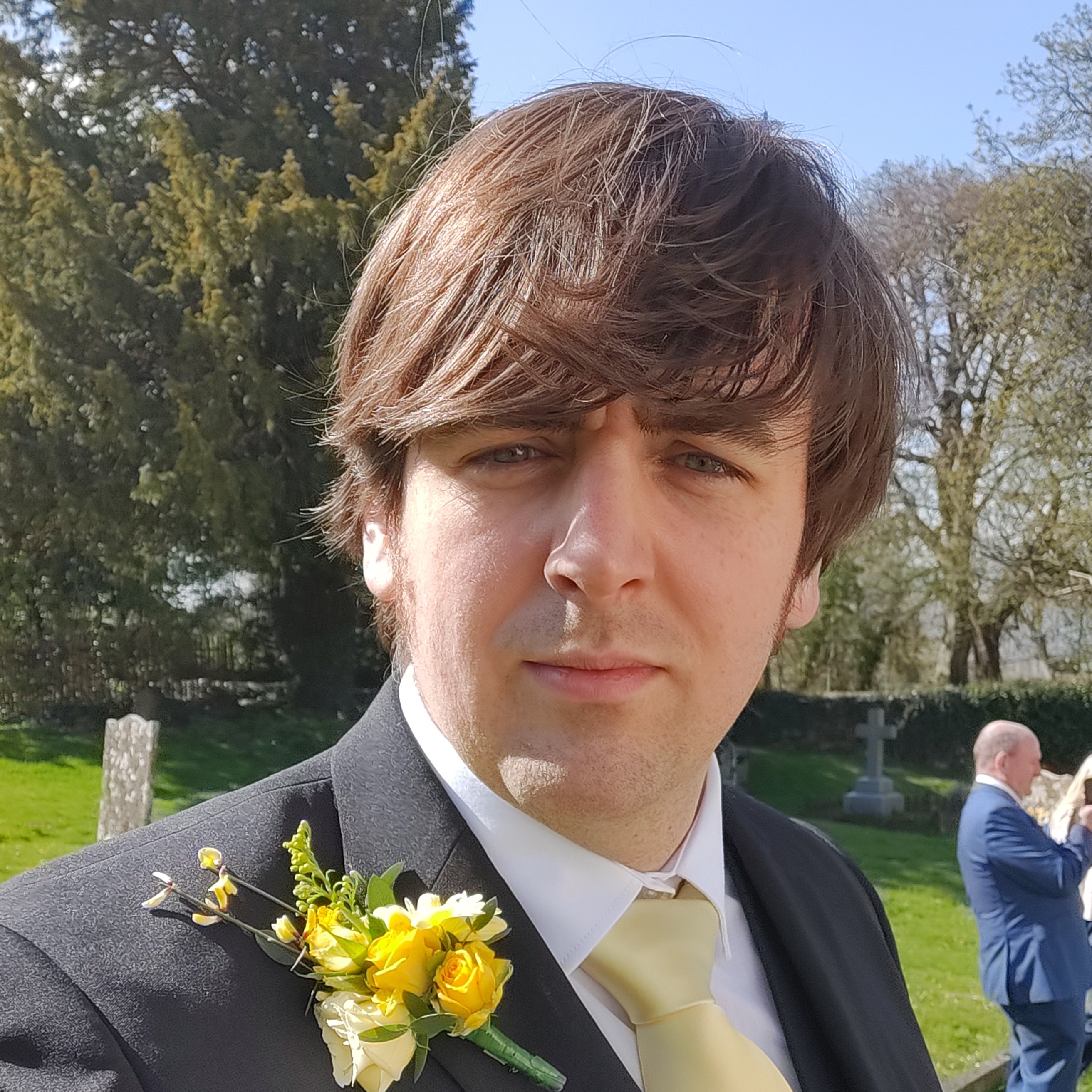
Tom is the Tom's Guide's UK Phones Editor, tackling the latest smartphone news and vocally expressing his opinions about upcoming features or changes. It's long way from his days as editor of Gizmodo UK, when pretty much everything was on the table. He’s usually found trying to squeeze another giant Lego set onto the shelf, draining very large cups of coffee, or complaining about how terrible his Smart TV is.
You must confirm your public display name before commenting
Please logout and then login again, you will then be prompted to enter your display name.
